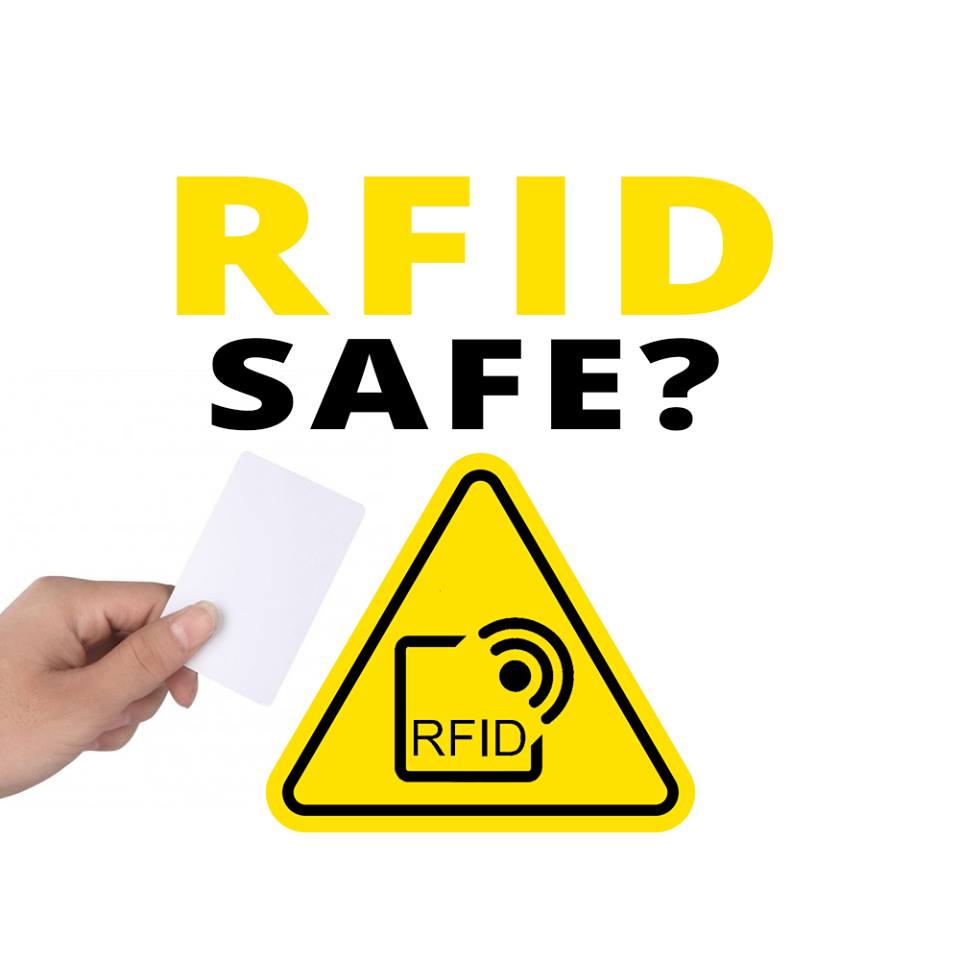Serial Ports, An Included Legacy Component With as much new technology that Tangent packs into their all-in-one medical computers, one does not expect to see any sort of legacy components included. However, if you look at the I/O ports on the back of the Tangent M24T medical computer, something surprising is present: three RS-232 DB9 […]
Month: January 2019

Is RFID Safe?
RFID (radio-frequency identification) technology has been found to generate considerable cost savings and increase efficiency in a variety of sectors like supply chain management, asset management, and information technology departments due to its ability to capture data without any human intervention. Utilizing RFID in healthcare has been explored with great interest in recent years […]

The Antimicrobial Screen Advantage
Any surface can be a breeding ground for bacteria and germs, and that is a particularly troubling fact when it comes to health compromised patients in hospitals. The CDC’s website states that about one in 31 hospital patients has at least one healthcare-associated infection. Devices that are touched by both patients and doctors, like medical […]

Why the HIMSS Conference Matters
Medical practitioners have always sought to employ the best technology available to enhance their care and treatment of patients, but how do they go about learning what technology is available and specific to their field? From the development and testing of vaccines and drugs to ever-advancing medical equipment, information technology and healthcare go hand in […]
